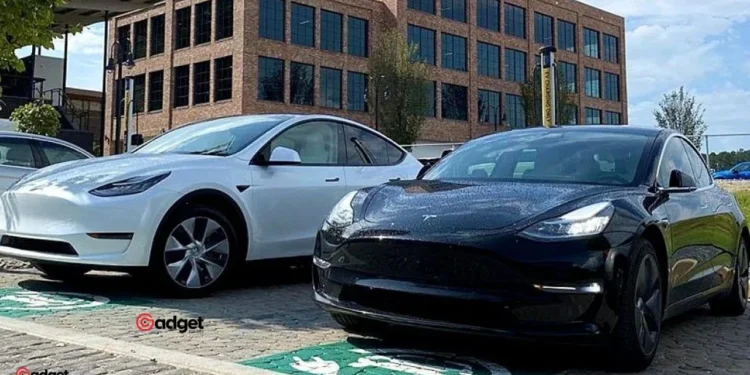Tesla, the electric vehicle behemoth, is navigating a challenging phase marked by significant strategic adjustments and scaled-back ambitions. The company, once on a bullish quest to dominate global car production by achieving an audacious target of 20 million vehicles annually by 2030, has recently tempered its aspirations, signaling a more cautious approach in a fluctuating market.
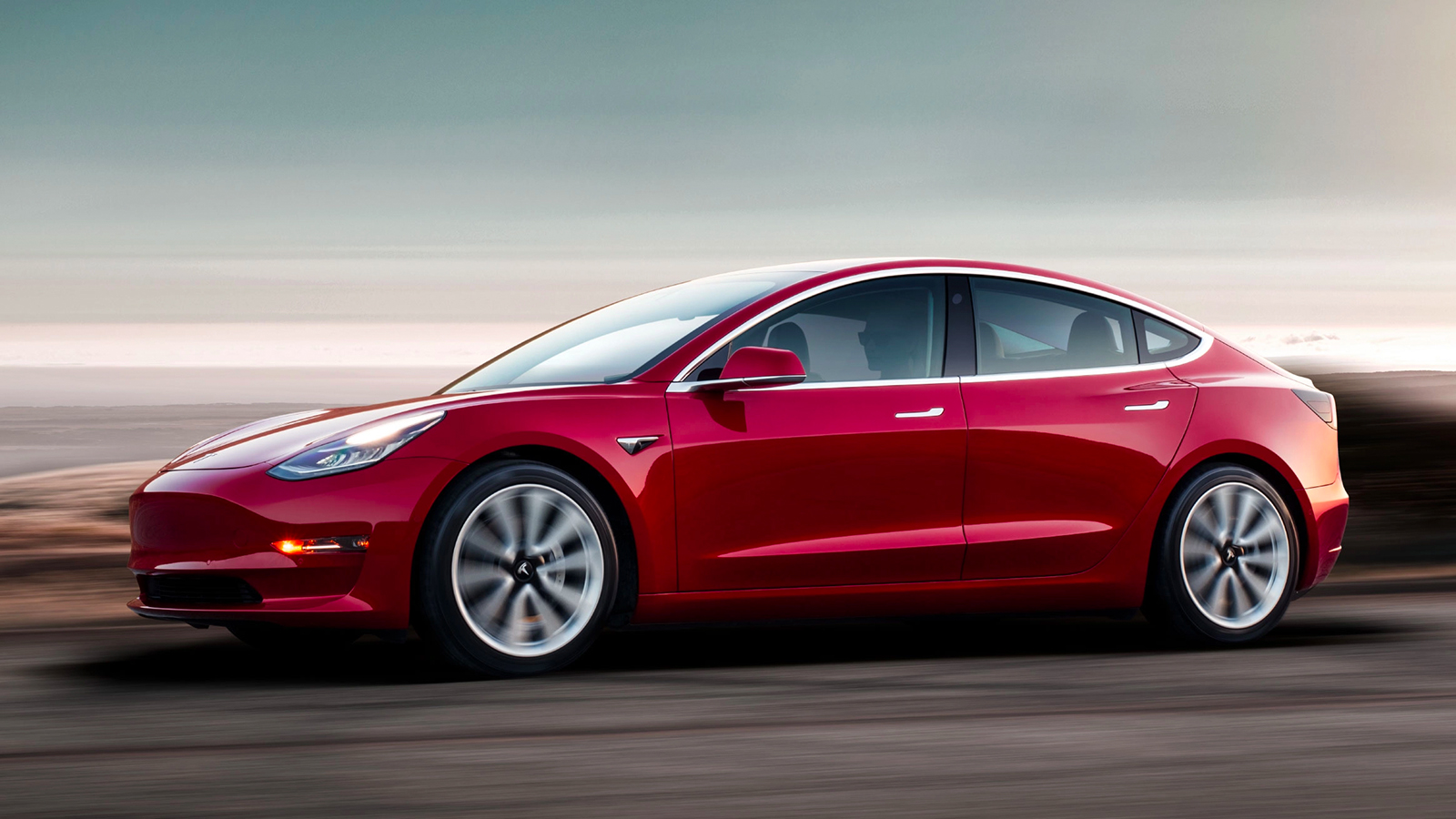
Production Cuts and Market Reactions
The pivot became apparent when Tesla reportedly scaled down the production of its Model Y electric SUV at its Shanghai facility, a critical move in response to the softening demand in China, its second-largest market.
This decision is a reflection of the broader pressures the company faces, including intense competition and a price war among electric vehicle manufacturers in China, exacerbated by the country’s economic downturn.
“The company’s biggest manufacturing hub globally planned to cut Model Y output by at least 20% during the March to June period,” reported Reuters, citing a source familiar with the matter.
This reduction follows a discernible decline in production numbers, with output dropping significantly from the previous year, as confirmed by data from the China Association of Automobile Manufacturers (CAAM).
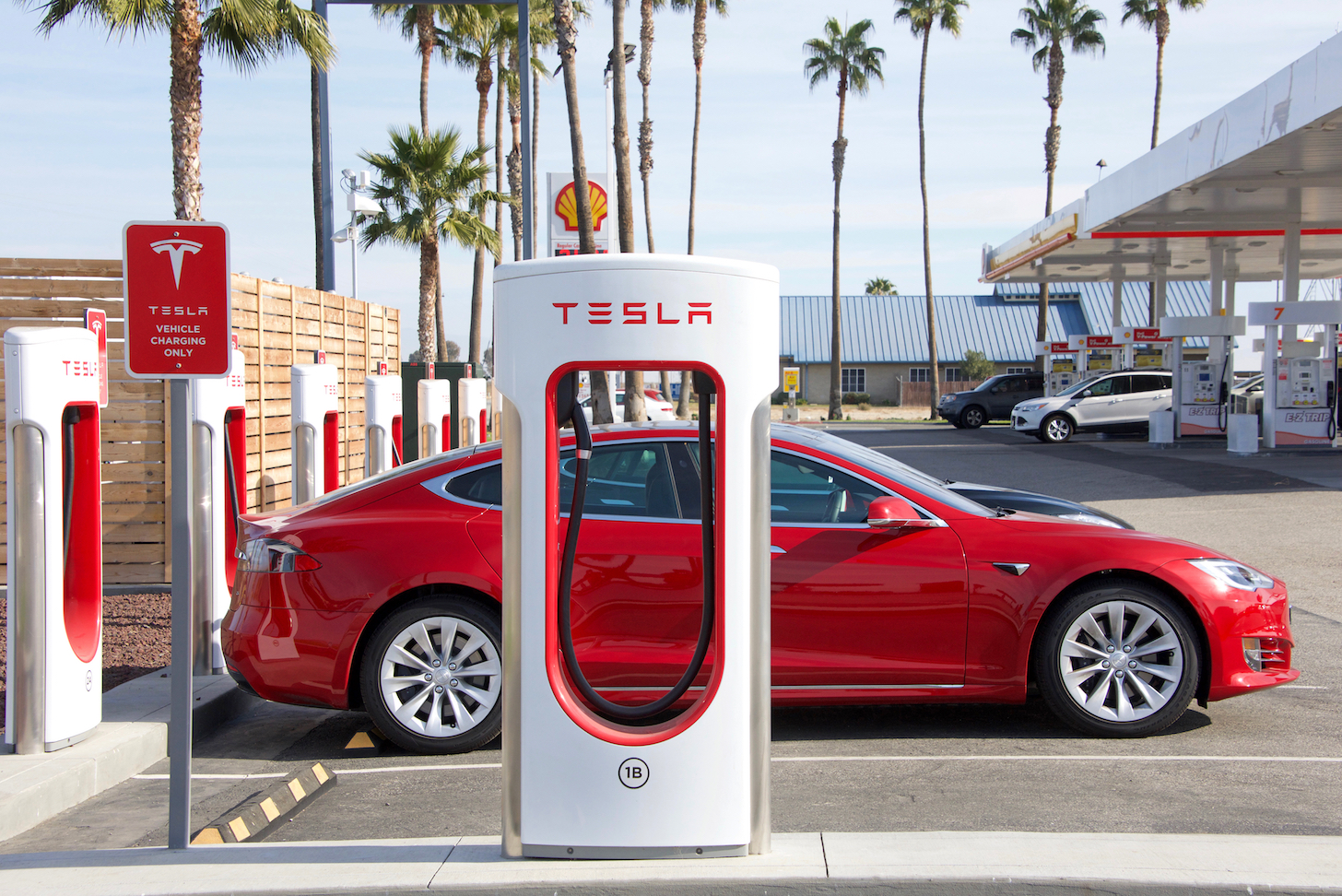
A Shift in Focus
Amid these production adjustments, Tesla has also revised one of its most ambitious growth targets. Initially, Elon Musk, the company’s visionary leader, had projected that by 2030 the company would outpace traditional automotive giants like Toyota in annual production volume. However, recent corporate disclosures suggest a strategic retreat from these claims.
Bloomberg notes that the EV giant has omitted this lofty goal from its latest annual impact report, a move that coincides with a tempered growth forecast for the year.
Despite selling 1.8 million vehicles in 2023, the company anticipates a “notably lower” growth rate in the upcoming periods. Musk himself has hinted at a strategic pivot towards launching less expensive vehicles and a fully driverless car, expected to be unveiled in August, as part of Tesla’s refocused efforts on autonomous technology.
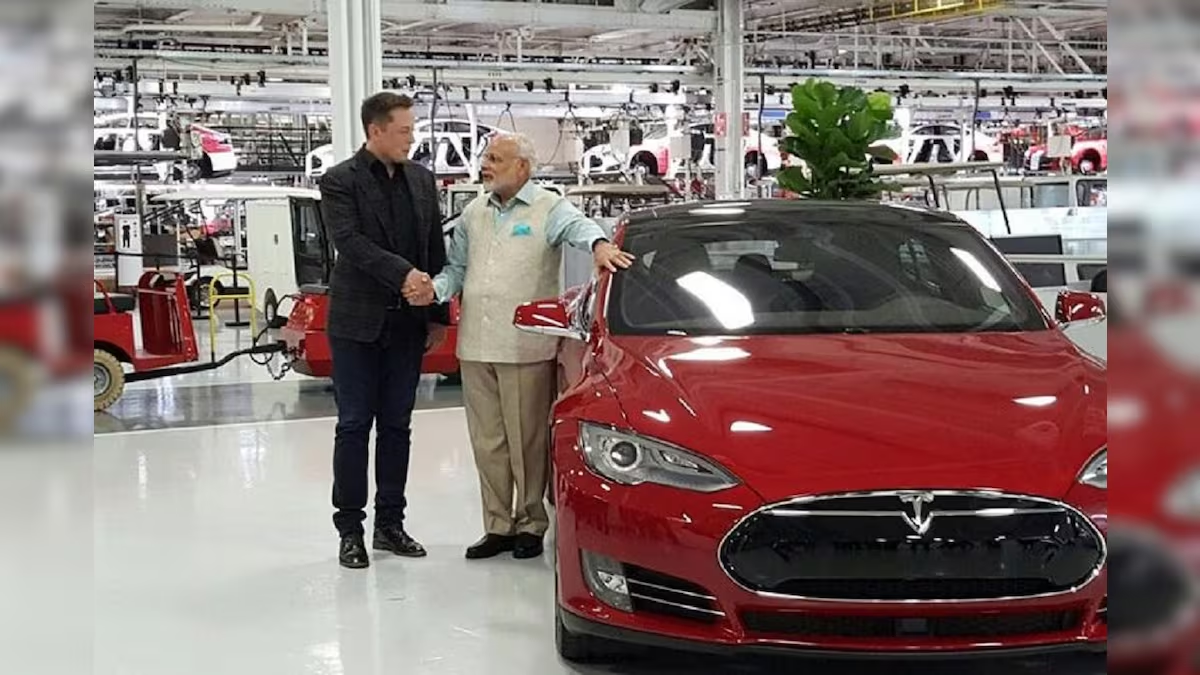
Implications for Tesla and the EV Market
This recalibration of Tesla’s strategic goals and production plans reflects a broader narrative of adaptation in the face of market realities. The electric vehicle industry, particularly in competitive markets like China, demands agility and responsiveness to consumer trends and economic shifts.
The EV company’s recent moves could be interpreted as a strategic alignment with these imperatives, prioritizing sustainable growth over ambitious but potentially unreachable targets.
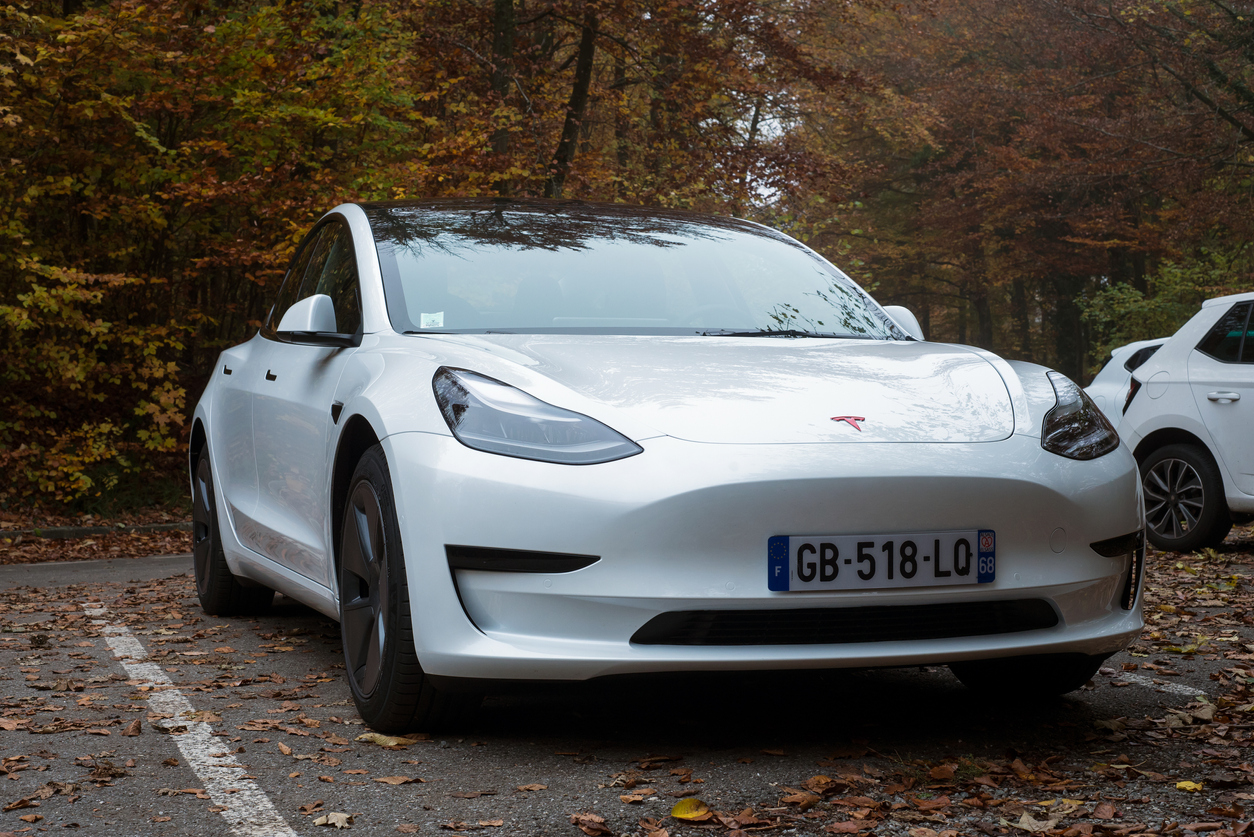
As Tesla adjusts its sails to navigate through these turbulent market conditions, the industry watches closely. Will these strategic pivots help the brand maintain its market leader status, or will they necessitate further adjustments in the future?
Only time will tell, but for now, Tesla’s journey is a testament to the complexities of scaling innovation in a rapidly evolving automotive landscape.

